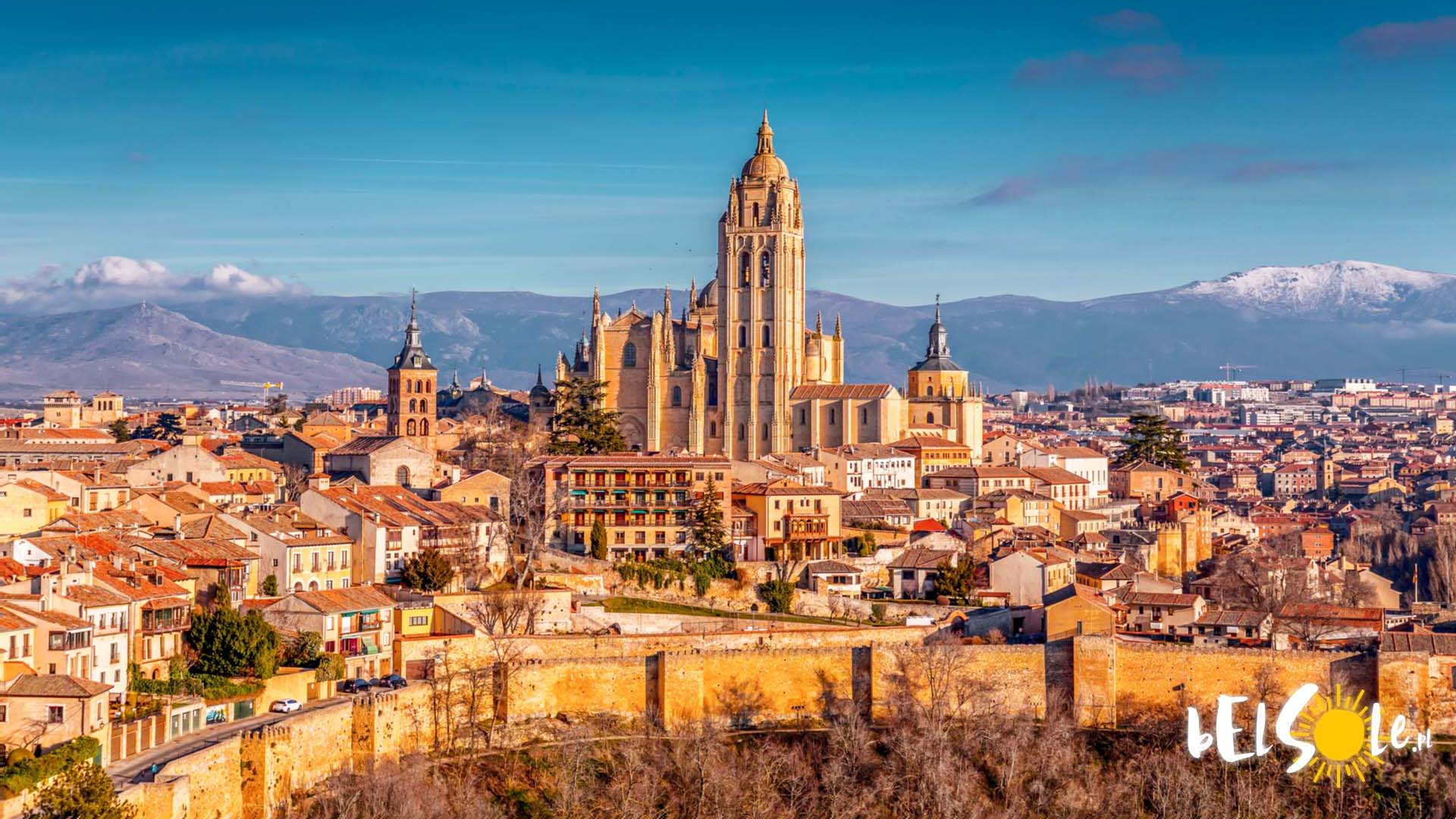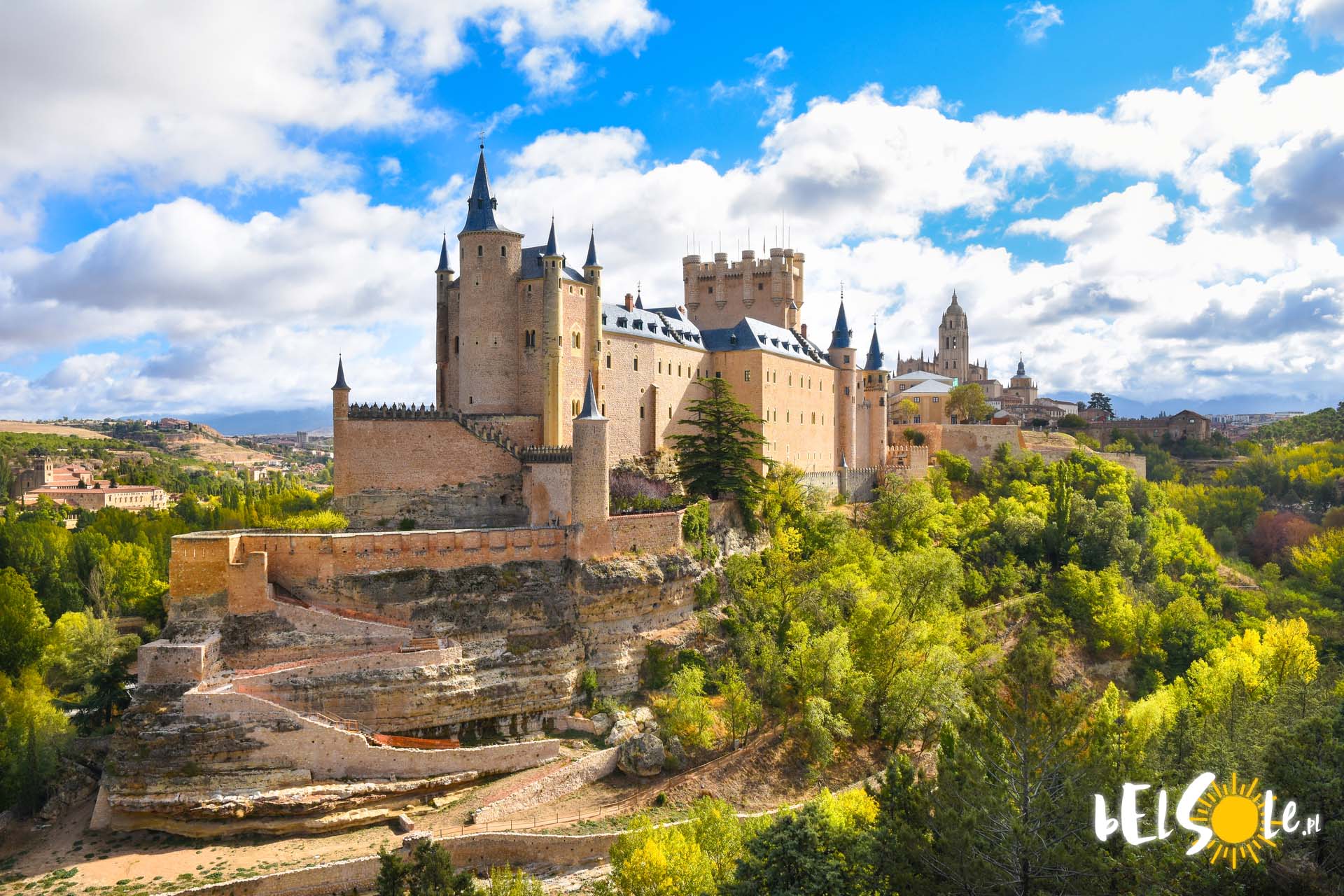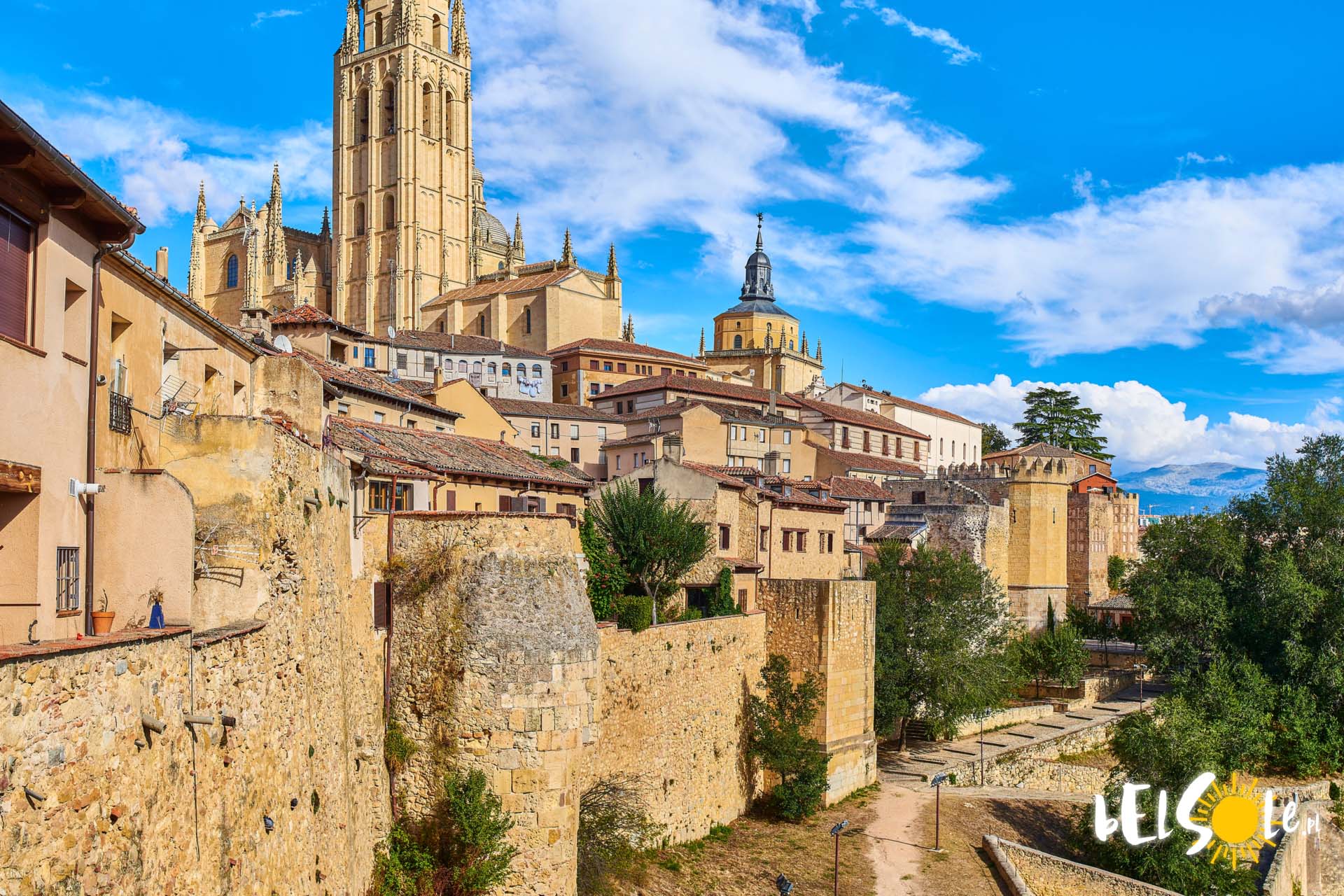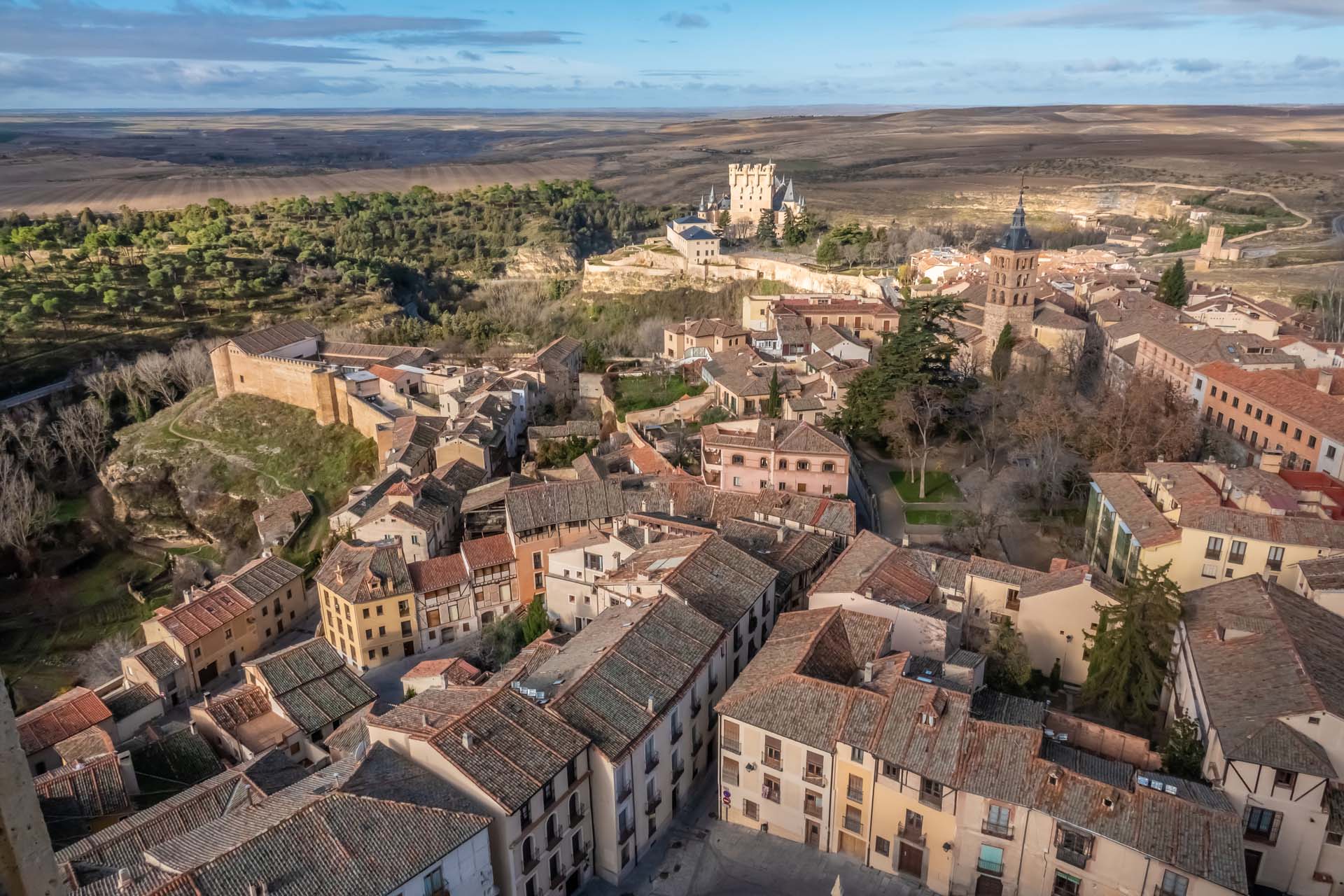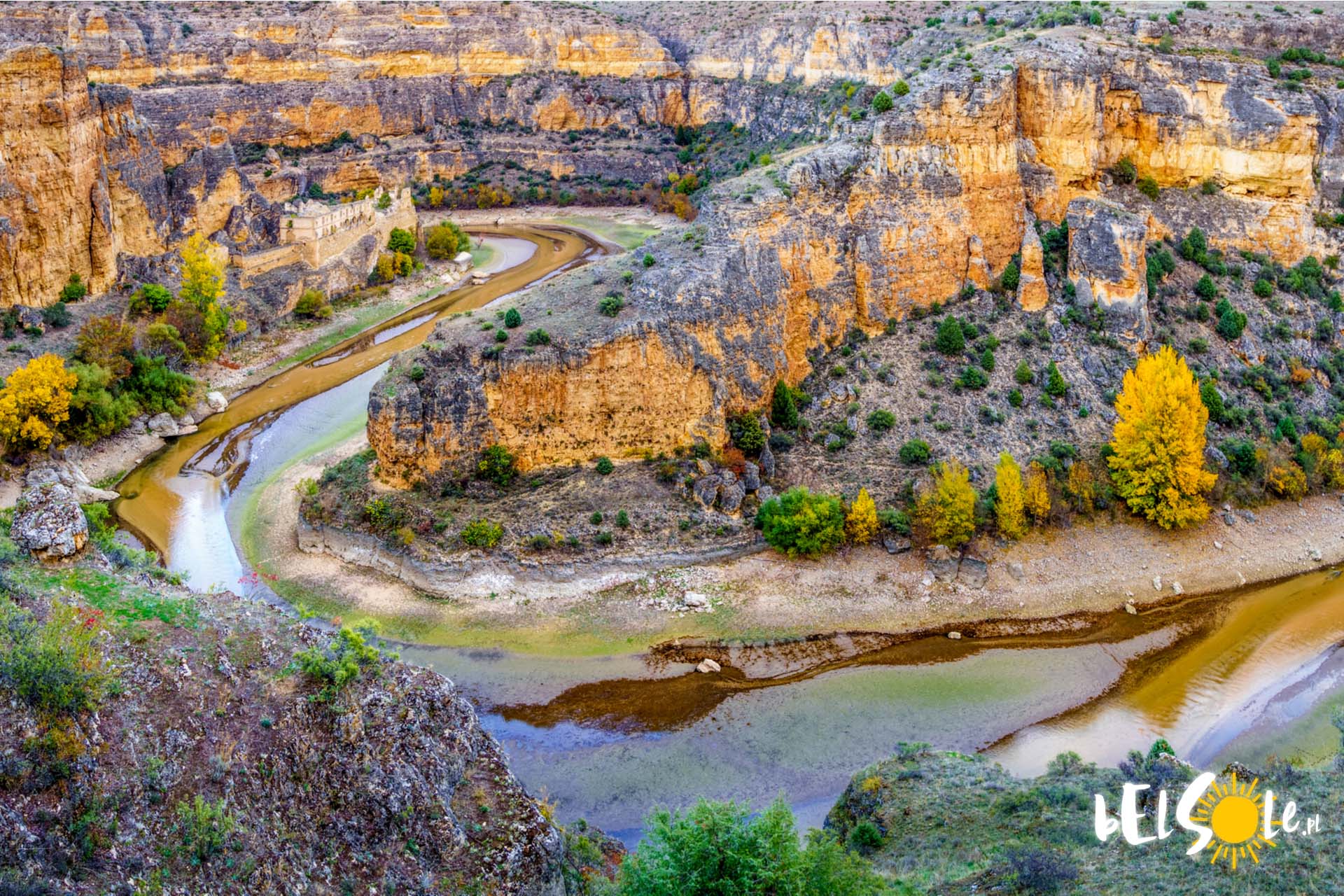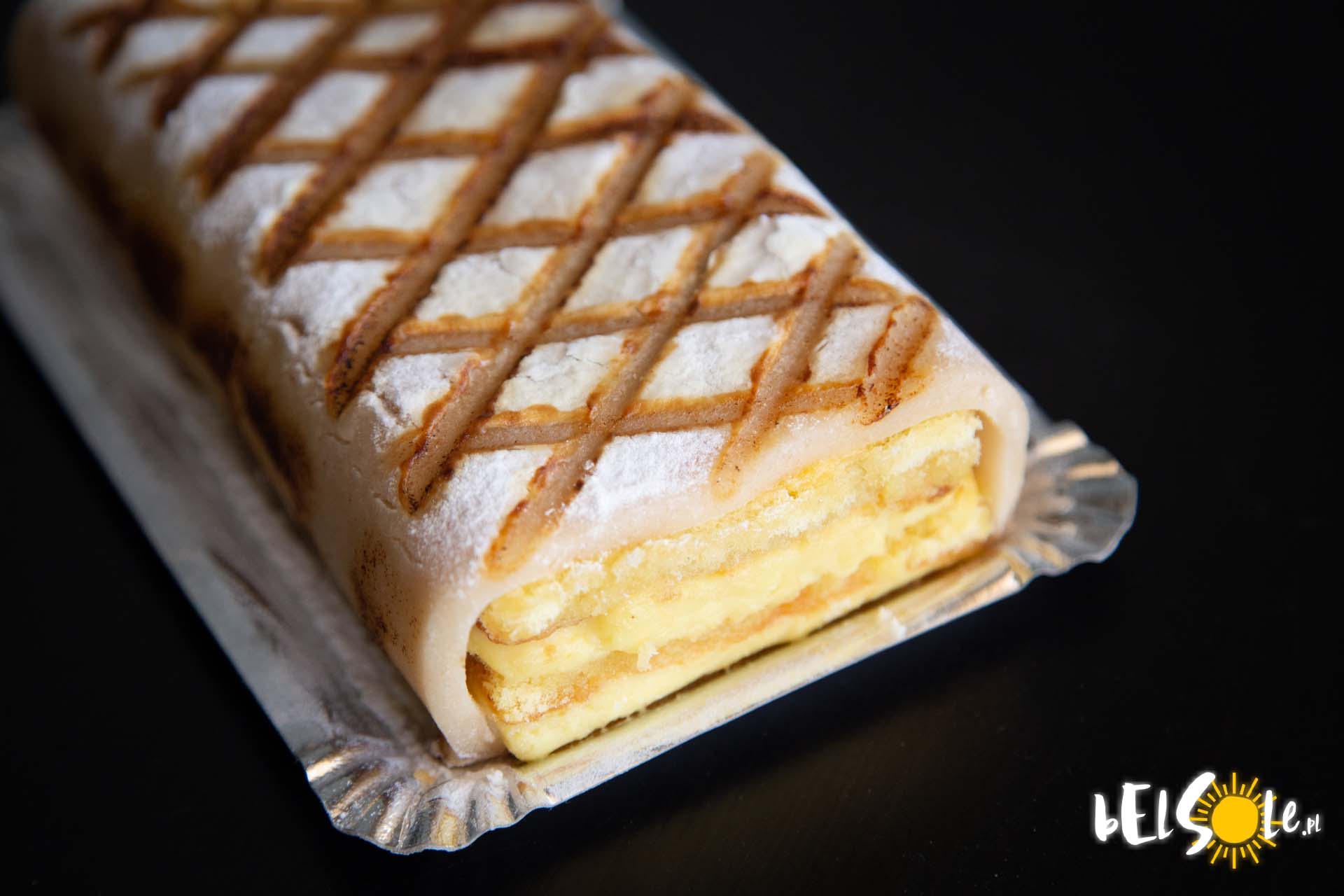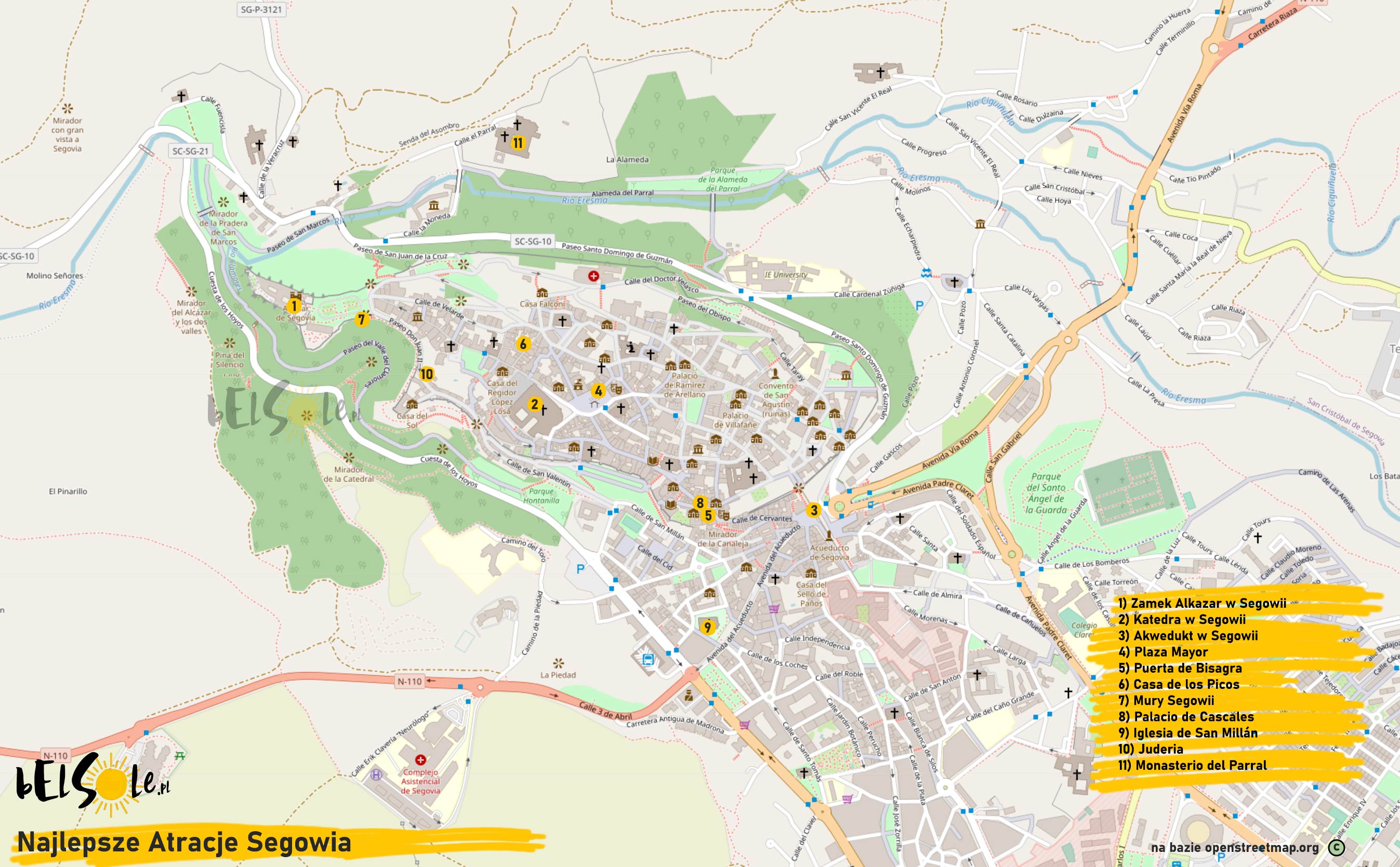Segovia is a small, sleepy city located near Madrid, though don’t let its size deceive you. It’s well known for its unusual architecture. What to visit in Segovia? Which places are considered Segovia’s best attractions? Today’s post will go over our top 11 best places Segovia has to offer so you can plan your holidays well informed.
Segovia sightseeing
What to visit in Segovia?
How to get to Segovia? It’s located near Madrid and you can get there from Madrid by car, in about 80 minutes. You can also take a bus or train, though do be aware that if you choose the train you’ll most often arrive at Segovia Guiomar station, still quite a long way from the city centre. You can take buses 11 or 12 from the station to make up that gap, but it’s still an inconvenience. And yes, we do say ‘most often’ because there are direct trains to the city centre, but they take much longer and are less frequently present in the first place.
Segovia is, in our opinion, one of the best cities to visit in the Madrid area. The centre of Segovia is quite tight and easily walkable in a day. It’s also worth climbing up to one of the viewpoints to see the entirety of Segovia in all its glory. For example, you have the Mirador de la Piedad and Las Lastras viewpoints to the south and the Mirador del Alcázar y los dos Valles and Mirador de la Pradera de San Marcos viewpoints to the west. Enough of that though, on to the list.
The Alcázar of Segovia
A beautiful castle in Segovia
What are Segovia’s best places to visit? For one, certainly the Alcázar of Segovia. The castle is like one from a fairy tale, with tall towers set on a steep hill. Apart from pure aesthetics, its location was also a practical asset – the terrain made it difficult for enemies to siege the place.
Today the Alcázar hosts an extensive museum with contemporary furniture, crockery and armaments. If you decide to visit the palace, make sure to visit the Throne Room and look up, and you will be stunned by the gilded ceiling. In the Sala de la Galera, on the other hand, your views of interest will be out the window – a beautiful panorama of the surrounding area with a riverbed below. If you want an even better look at your surroundings, including the city below and the mountain range, can climb up the Torre de Juan II tower.
Aqueduct
Segovia’s signature attraction
The place you’ll most commonly find on postcards and photos from Segovia is its ancient aqueduct dating back to around 100 AD. No wonder it is considered a symbol of the city – it has been preserved in almost perfect condition.
The way the aqueduct was built was also unusual. Although it is one of the really large structures – it stretches for more than 15 km – no cement was used between the bricks. It is likely that the entire structure is held together mainly by the action of gravity. As an exceptional monument of the Roman period, the aqueduct was declared a UNESCO World Heritage Site.
Segovia Cathedral
Segovia’s Gothic Cathedral
What to visit in Segovia? Well, you can’t skip out on the marvel that is this city’s cathedral. While the Renaissance was triumphing in Europe, construction of this soaring temple began in Segovia in 1525. The cathedral here is therefore Spain’s youngest ecclesiastical building, built in the Gothic (late Gothic to be exact) style.
It is located at the highest point of the central city square, towering over the rest of the buildings. Peek inside the cathedral and you will be amazed by the wonderful, luminous stained glass windows, the richly decorated chapels and the meticulously crafted main altar. Amidst the marble decorations is a sculpture of Mary – Virgen de la Paz – made of ivory. Crossing the cathedral’s doorstep, you will feel the immense serenity that the place holds..
Casa de los Picos
An attraction and monument in Segovia
What to see in Segovia? The Casa de los Picos is a building dating back to the 15th century that is impossible not to notice when traversing the streets of Segovia. The distinctive façade resembles a knight’s armour, as it is covered with small, sharp cones.
Formerly owned by the de la Hoz family, Casa de los Picos is now in the hands of the Ministry of Education – the building houses an art school and an exhibition hall where you can see various works of art (exhibitions are seasonal).
Muralla de Segovia
Segovia’s fortified walls
The Muralla de Segovia are the well-preserved remains of the city’s defensive walls. They stretch out for more than 2 kilometres and mostly date back to the medieval period, although some fragments remember the Roman times.
Only three of the city gates remain intact today: the Santiago gate, the San Cebrián gate and the San Andrés gate. You’ll be able to see most of the city while walking along the Muralla de Segovia, so it’s a good path to follow for sightseeing purposes.
Plaza Mayor
Segovia’s main square
The Plaza Mayor is the city’s central square and the centre of social life in Segovia. It’s filled with charming little cafes, atmospheric restaurants and boutique hotels. You can also find the most important monuments of Segovia here, including the 17th century town hall, the Gothic church of San Miguel and the Santa Iglesia de Nuestra Señora de la Asunción y de San Frutos Cathedral, where you’ll find a charming mixture of gothic and renaissance styles.
Find a seat, order a coffee and quietly peep into the busiest place in Segovia.
The Royal Palace of La Granja de San Ildefonso
A beautiful monument near Segovia
This magnificent palace is located less than 7 miles from Segovia, in the small town of San Ildefonso surrounded by the Sierra de Guadarrama mountains. The palace, alongside its extensive gardens with fountains and greenery akin to Versailles, served as King Philip V’s summer residence. It’s not just the palace that leaves a mark but its area as well, a great spot to hide from the business of the city on a weekend.
You can explore the inside of the palace, including the Throne Room, the Hall of Mirrors and the luxurious apartments. There’s also a sizable collection of furniture, tapestries and artworks from the livelier days of the palace. The La Granja de San Ildefonso Royal Palace is most worth the hassle of leaving Segovia’s comfortable walls.
Iglesia de San Millán
Romanesque church in Segovia
The Iglesia de San Millán church is a Romanesque religious building. It is one of the oldest churches in Segovia, with its tower dating back to the 11th century. The church has 3 naves and 3 apses. Although it is an ecclesiastical Catholic building, you can see the influence of Islamic culture in the architecture – you will, no doubt, spot the characteristic caliphate decorations.
The altarpiece and sculptures (Nuestra Señora de la Soledad al pie de la Cruz and Santísimo Cristo en su última Palabr) are most notable. Also noteworthy is the coffered ceiling with ornaments in the Mudéjar style characteristic of Spain, i.e. combining Christian and Muslim elements.
Juderia
Segovia’s Jewish quarter
Juderia encompasses the history of the Jewish people living in Segovia. A notable architectural remnant is the Corpus Christi monastery, once used as a synagogue – if you look at the building’s ornamentation, you will easily recognise the original character of the temple.
The Jewish quarter of Segovia is also home to the Centro Didáctico de la Judería, allowing you to learn in depth about the history of the Jewish people in Spanish lands.
Monasterio del Parral
A picturesque Segovia monastery
This monastery from the 15th century is located on the outskirts of Segovia, surrounded by precious little hills. It forms a perfect blend of the Romanesque (tower) and the Gothic (main chapel). The unravelled tourist magnet here is the cloisters.
The monastery is closed to the public on Mondays and Tuesdays, so if you want to take a closer look at the various sculptures and decorations inside, choose a suitable day for exploring the Monasterio del Parral.
Parque Natural de las Hoces de Duraton
A nature reserve near Segovia
Finally, something for the nature lovers among you, the Parque Natural de Las Hoces de Duratón. It’s an extremely striking nature reserve thanks to the Duratón River, which has been flowing through here for thousands of years. It has carved out a deep canyon for us to revere, with numerous meanders and exposed limestone cliffs more than 70 metres high.
However, the Parque Natural de Las Hoces de Duratón is not just a place with beautiful landscapes, but also a place where birds of prey dwell – eagles and vultures. If you crave the atmosphere of the place but need a bit more adrenaline than just walking, you can enjoy the reserve via a canoe trip down the river.
Ponche from Segovia
Segovia’s local dessert
As a 12th honorary mention, we have not a place, but a treat – Segovia’s local pastry called Ponche. It’s a cake made mostly of egg yolks and almonds. It originated in 1926, at the pastry shop El Alcazar on Pl. Mayor 13. The best-rated pastries, however, are at Pasteleria Limon y menta on Calle Infanta Isabel 2. The pastry costs around €3.
Map of Segovia’s attractions
What to see in Segovia?
1) Alkazar Castle in Segovia
2) Segovia Cathedral
3) Segovia Aqueduct
4) Plaza Mayor
5) Puerta de Bisagra
6) Casa de los Picos
7) Segovia Walls
8) Palacio de Cascales
9) Iglesia de San Millán
10) Juderia
11) Monasterio del Parral
Segovia is worth at the very least a quick visit, especially when visiting Madrid. UNESCO doesn’t usually hand out their signatures willy nilly, so the fact that Segovia has found itself on their World Heritage Site speaks volumes. So choose a few (or all!) spots from our list and go off to conquer Segovia!
See also:


